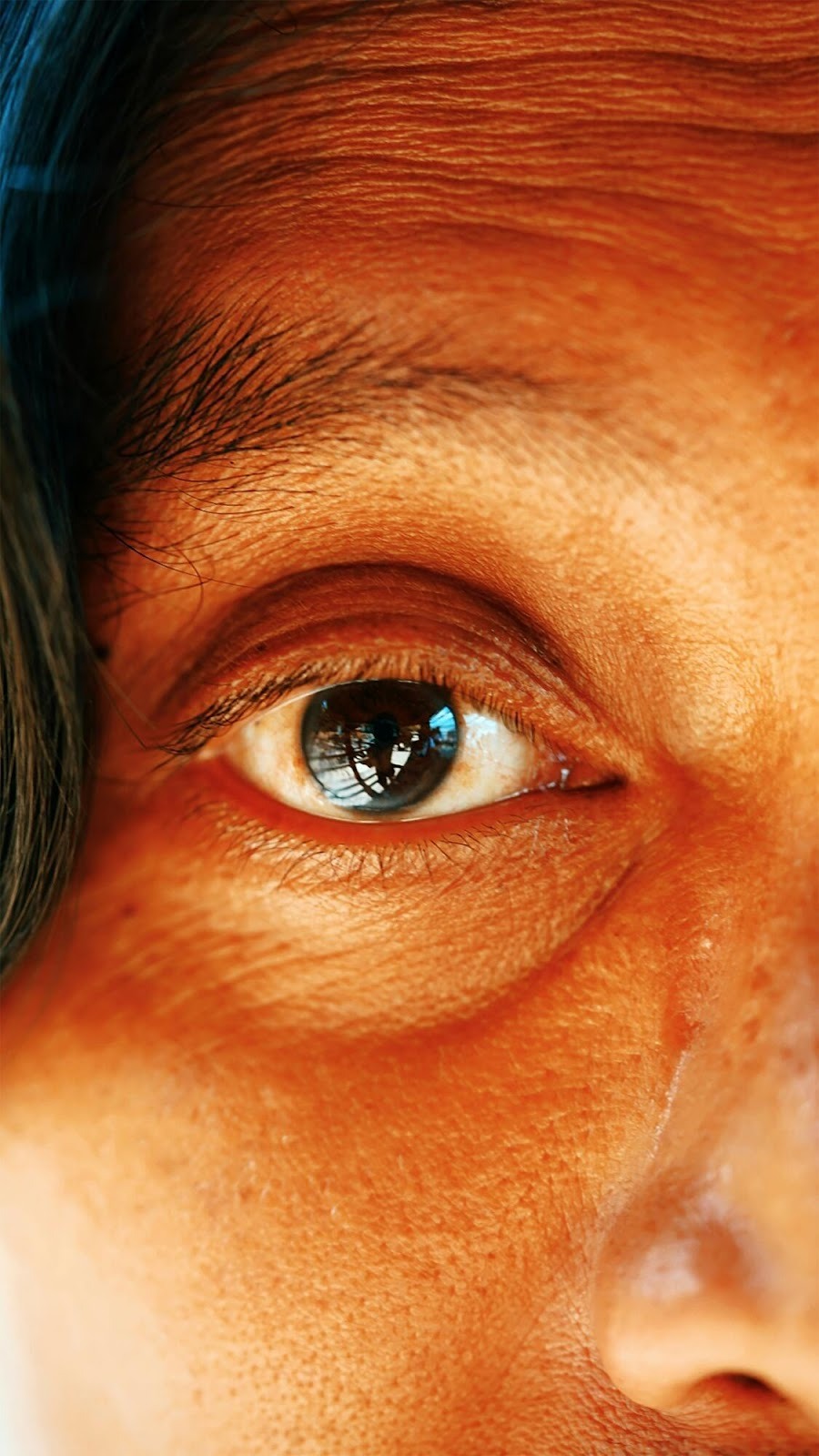Have you noticed how vision changes with age, sometimes more suddenly than expected? Many older adults find reading small print harder or night driving more difficult. These changes can bring worry, especially when daily tasks are affected.
Eyes naturally change as the body grows older, but awareness makes a big difference. With the right care, seniors can manage vision health more effectively. Lifestyle habits and preventive measures play an important role.
This article explains key changes and offers practical solutions for eye care. Keep on reading!
Common Age-Related Eye Conditions
As people age, they are more likely to get some eye problems. For example, presbyopia makes it harder to focus on things that are close up, so reading glasses are often needed.
Glaucoma can damage the optic nerve over time, while cataracts make it hard to see clearly. Central vision may become blurry with macular degeneration, making it hard to do things like read. The first step to good management is to notice these conditions early on.
Importance of Regular Eye Exams
Eye exams help detect problems before they become severe. Many vision issues progress slowly, and people may not notice until it is too late.
Eye doctors can spot early signs of glaucoma, cataracts, or macular degeneration. Regular check-ups also allow for updated prescriptions for glasses or contact lenses. Preventive care is essential to keeping vision strong throughout the senior years.
Everyday Habits for Eye Protection
Simple daily habits can greatly protect eye health. Wearing sunglasses shields the eyes from harmful UV rays. Eating foods rich in omega-3s, vitamins A and C, and leafy greens supports healthy eyes.
Staying hydrated helps prevent dry eyes, which are common with age. Even taking breaks from screens reduces strain and discomfort. These small actions add up to long-term vision benefits.
Managing Cataracts and Other Vision Changes
Cataracts often cause cloudy or blurred vision, but treatments are available. In some cases, surgery provides a long-term solution.
Many seniors also explore natural approaches and wonder if they can learn how to reverse cataracts with lifestyle adjustments. Beyond cataracts, options like special lenses and assistive devices help manage vision changes. Knowing the choices allows seniors to feel more in control of their eyesight.
Eye-Friendly Home Adjustments
The home environment can support better vision. Good lighting makes reading and daily activities easier. High-contrast markings on switches and appliances help prevent confusion.
Large-print books and digital devices with zoom features reduce eye strain. Removing clutter lowers the risk of falls due to unseen objects. These changes make daily life safer and more comfortable for aging eyes.
When to Seek Immediate Help
Sometimes vision changes signal urgent problems. Sudden flashes of light, new floaters, or partial loss of vision should never be ignored. These symptoms may indicate retinal detachment or other serious conditions.
Eye pain or redness that does not improve quickly also requires professional care. Seeking immediate help can prevent permanent damage. Knowing warning signs helps protect sight in the long term.
Identifying and Handling Vision Changes Due To Aging
Visibility changes that come with getting older are common, but they don’t have to make it hard to be independent or enjoy life. People over 65 can better take care of their eyesight if they get regular eye exams, follow healthy daily habits, and know the early warning signs.
It is safer and more comfortable when changes are made at home and treatment options are used on time. Older people can protect their eyesight every day by learning about these changes.
Did you like this guide? Great! Please browse our website for more!
